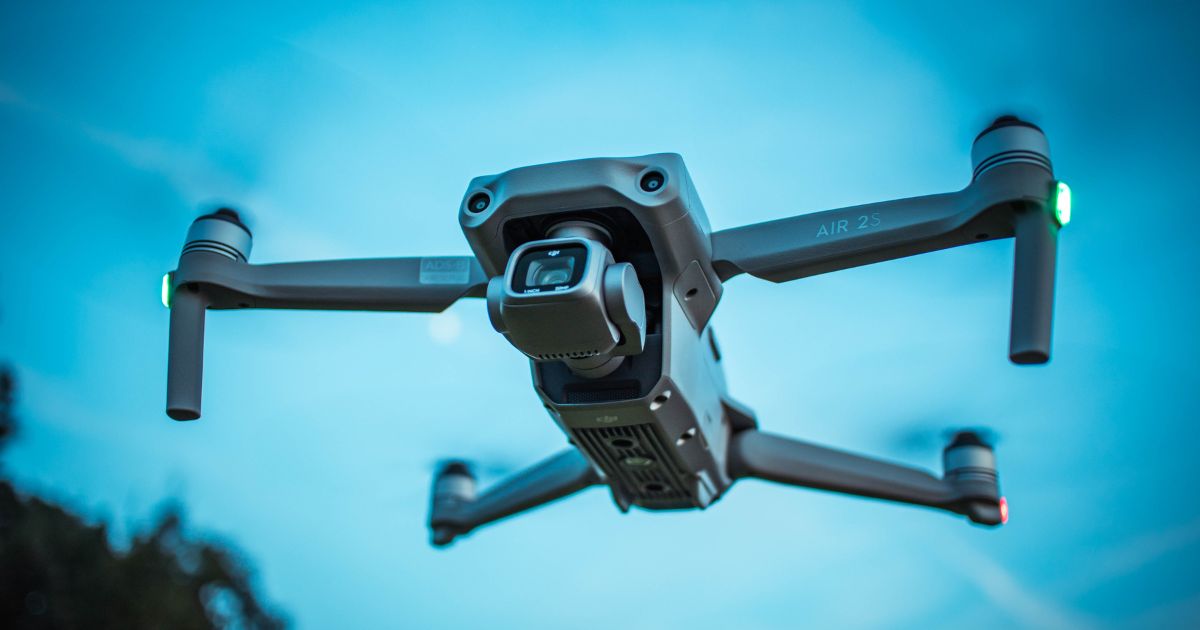The drone market in Peru has witnessed substantial growth and innovation in recent years, driven by advancements in technology, regulatory reforms, and diverse applications across various industries. Drones, also known as Unmanned Aerial Vehicles (UAVs), have emerged as versatile tools with applications ranging from aerial photography and cinematography to agriculture, infrastructure inspection, and environmental monitoring.
History
The adoption of drones in Peru can be traced back to the early 2010s when the technology started gaining traction globally. Initially used primarily for military and surveillance purposes, drones soon found applications in civilian sectors, including agriculture, construction, and filmmaking. In Peru, the drone market began to flourish as businesses and government agencies recognized the potential of this technology to improve efficiency and gather valuable data from aerial perspectives.
Market Dynamics
The drone market in Peru is characterized by a diverse range of players, including drone manufacturers, service providers, and regulatory bodies. International drone manufacturers dominate the market, supplying a variety of UAV models catering to different needs and budgets. Additionally, a growing number of local startups and service providers have emerged, offering drone-based services such as aerial photography, mapping, and surveillance.
One of the key drivers of growth in the Peruvian drone market is the increasing demand for aerial imagery and data analytics across various industries. In sectors such as agriculture, mining, and infrastructure, drones are used to capture high-resolution imagery, monitor crop health, assess terrain, and inspect infrastructure, leading to improved decision-making and cost savings.
Furthermore, regulatory reforms and government initiatives have played a crucial role in fostering the growth of the drone market in Peru. In recent years, the Peruvian government has implemented regulations to govern the operation of drones, ensuring safety and accountability while facilitating the integration of drones into commercial and public sector activities.
Applications
The applications of drones in Peru are diverse and multifaceted, spanning across industries and sectors:
- Agriculture: Drones are used for precision agriculture, enabling farmers to monitor crop health, assess soil conditions, and optimize irrigation and fertilization practices.
- Infrastructure Inspection: Drones are employed for inspecting infrastructure such as bridges, roads, and pipelines, allowing for more efficient and cost-effective maintenance and monitoring.
- Environmental Monitoring: Drones play a crucial role in environmental monitoring and conservation efforts, providing researchers and conservationists with valuable data on biodiversity, deforestation, and habitat mapping.
- Filmmaking and Photography: Drones are widely used in the film and media industry for aerial cinematography and photography, capturing stunning aerial shots and perspectives that were previously inaccessible.
- Search and Rescue: Drones equipped with thermal imaging cameras and GPS capabilities are utilized for search and rescue operations in remote or inaccessible areas, improving response times and increasing the chances of successful outcomes.
Challenges and Future Outlook
Despite the rapid growth and adoption of drones in Peru, the industry still faces several challenges, including regulatory complexities, safety concerns, and public perception issues. Addressing these challenges will require continued collaboration between industry stakeholders, government agencies, and the public to ensure the responsible and sustainable integration of drones into Peruvian society.
Looking ahead, the future of the drone market in Peru appears promising, with continued advancements in technology, increasing awareness of drone capabilities, and a growing demand for drone-based services across various sectors. As the industry matures and regulations evolve, drones are poised to become indispensable tools for businesses, government agencies, and individuals seeking innovative solutions to complex challenges.
